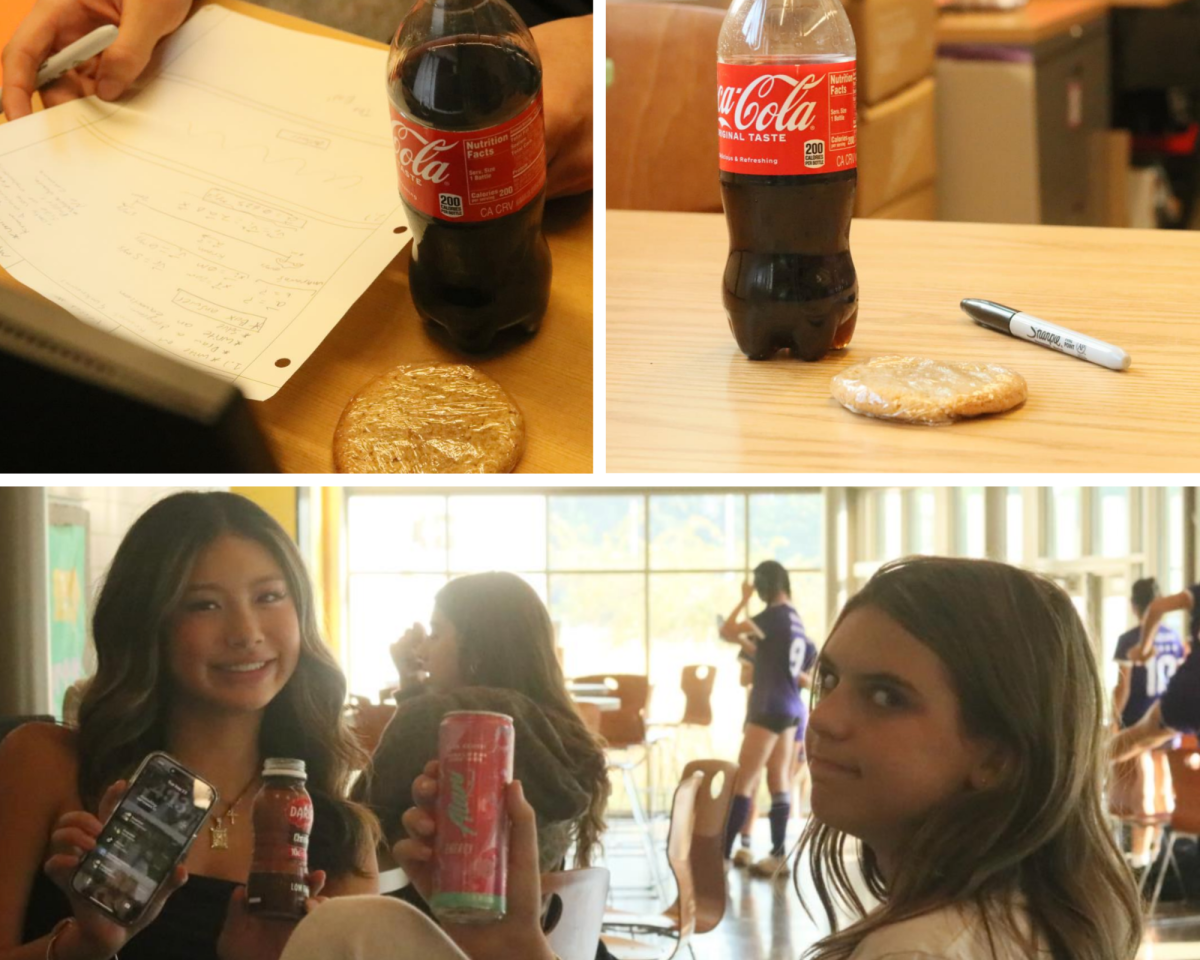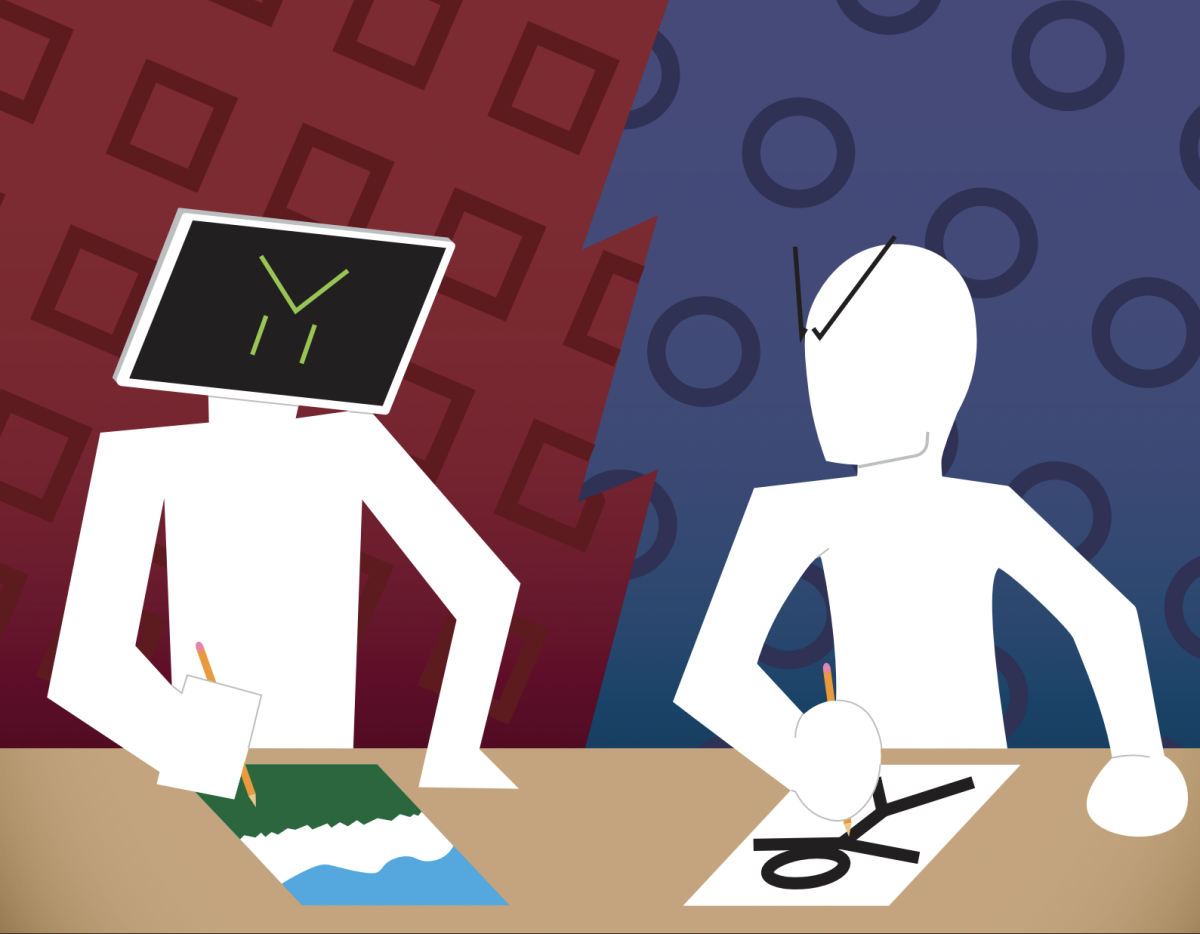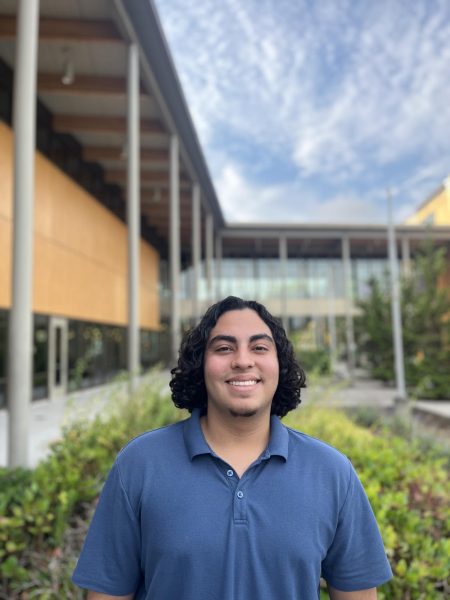When discussing the school policies, many teachers decide not to allow food in class. But students do not tend to follow this rule, and many start asking the question, why is food not allowed in class? The truth is, there are many arguments for and against snacking in class. Many claim that eating disturbs class time and makes a mess, while others argue that it helps to overcome the boring moments and hunger during that period. But is eating in class more beneficial or an issue for classes at IHS?
One argument for food in class is sports health. Many students at IHS participate in school sports, which require lots of fueling. If the athlete attempts to compete, or even practice, without properly eating, it could cause illness or injury. According to kidshealth.org, the performance of teen athletes can drastically decrease if they do not eat enough. They could even start to break down their muscles and lose unhealthy amounts of weight if they are consistently underfed. Athletes require more food than non-athletes to perform well at their sport and in everyday situations. Eating throughout the day is vital for them, and the easiest way to do so is to eat in class.
According to teachers, eating in class can be an issue for their teaching. Noises when giving a lesson and leaving trash in their classroom are some reasons why they do not allow food to prevent cleaning after class. Also, the possibility of attracting mice and cockroaches is much higher when food is allowed. Another issue is leaving crumbs, increasing the workload for custodial staff and potentially spreading bacteria in the classroom.
It is a fact that eating is essential for the human being to perform in the best way possible, and nutrition plays a significant role in a student’s life. A healthy environment is part of the student life, and some argue that eating in class makes them focus and be able to learn easily, as eating is part of the physical and mental-well-being of a person. Maintaining good sleep cycles also improves the mood. All of this complements the argument that eating between periods can improve how someone does their job and promotes the student’s wellbeing.
Different classes have different lessons, many of which can affect a student’s ability to eat in class. Science classes are the best example of this. Many science classes involve chemicals, or other harmful substances. If ingested by students, these substances could make them seriously sick. If a student were eating during a lab experiment, or even in the room while one was happening, they would be risking chemicals getting onto the food and entering their system. Also, as part of any other school policy this rule against food in science classes is to maintain students’ security among each other by the moment of doing a lab, as the poster says “No horseplay in the lab”
Many teachers claim that food is distracting in class, and this can be the case. But when eaten silently and non- disruptively, food has been found to increase student’s focus. According to edweek.org students have shown 20% more brainpower when allowed to eat in class. When they are not hungry, students can put their undivided attention into their schoolwork. Many IHS students, including junior Mauricio Kassner and sophomore Ben S. said they felt better focused when allowed to eat in class. This also can be a way for students to have a little break during work time which helps them improve.
Although eating in class can have numerous benefits for students who can eat all foods, eating in class poses a severe danger to teachers and students alike with allergies. Allergies can range in severity, but many people have severe, even life- threatening reactions to triggers. The classroom, which is usually a space away from the dangers of food triggers, could become extremely dangerous if eating were allowed. It is impossible to account for every allergy, and because of this many argue that the safest path is to simply ban food in classrooms altogether.
Whether students should be allowed to eat in class is a debated topic, with arguments in favor highlighting improved focus, energy, and a more inclusive environment for students with medical needs, while arguments against emphasizing the potential for mess, distraction to others, and the need for teachers to manage classrooms. Many schools and teachers allow eating under certain conditions, such as students being quiet, not creating a mess, and cleaning up afterward. But in the end, it depends on the people and how they become mindful of the ones around them.











